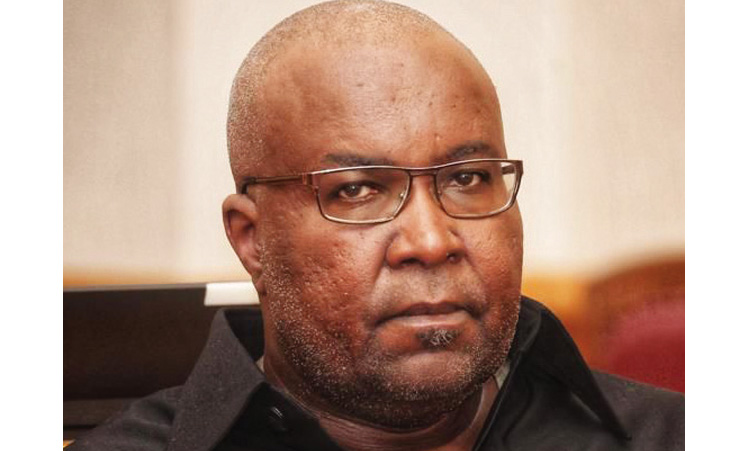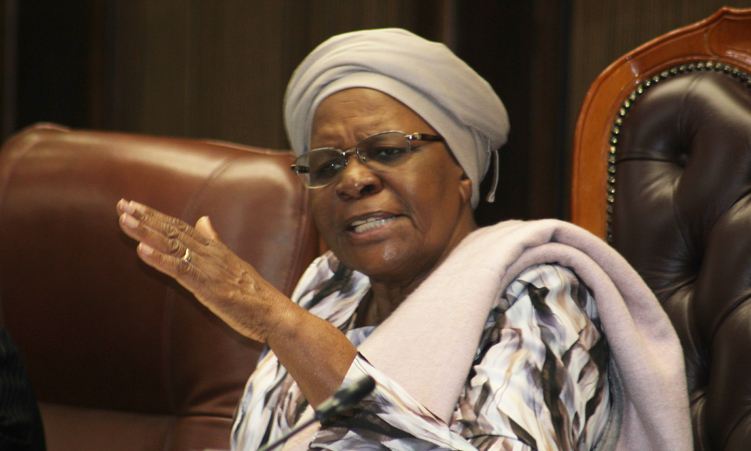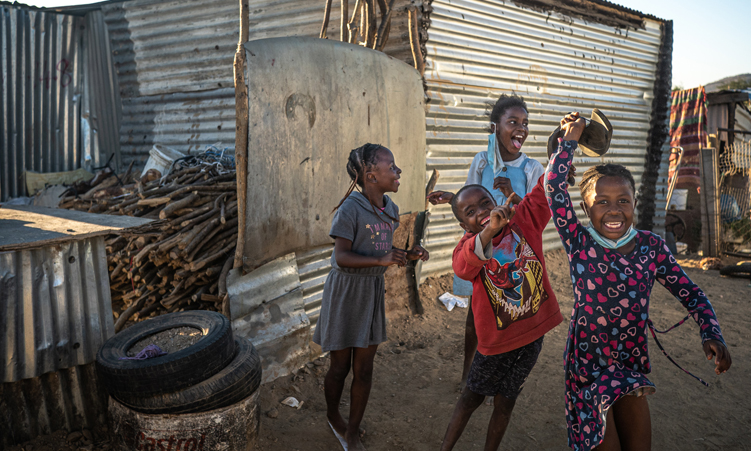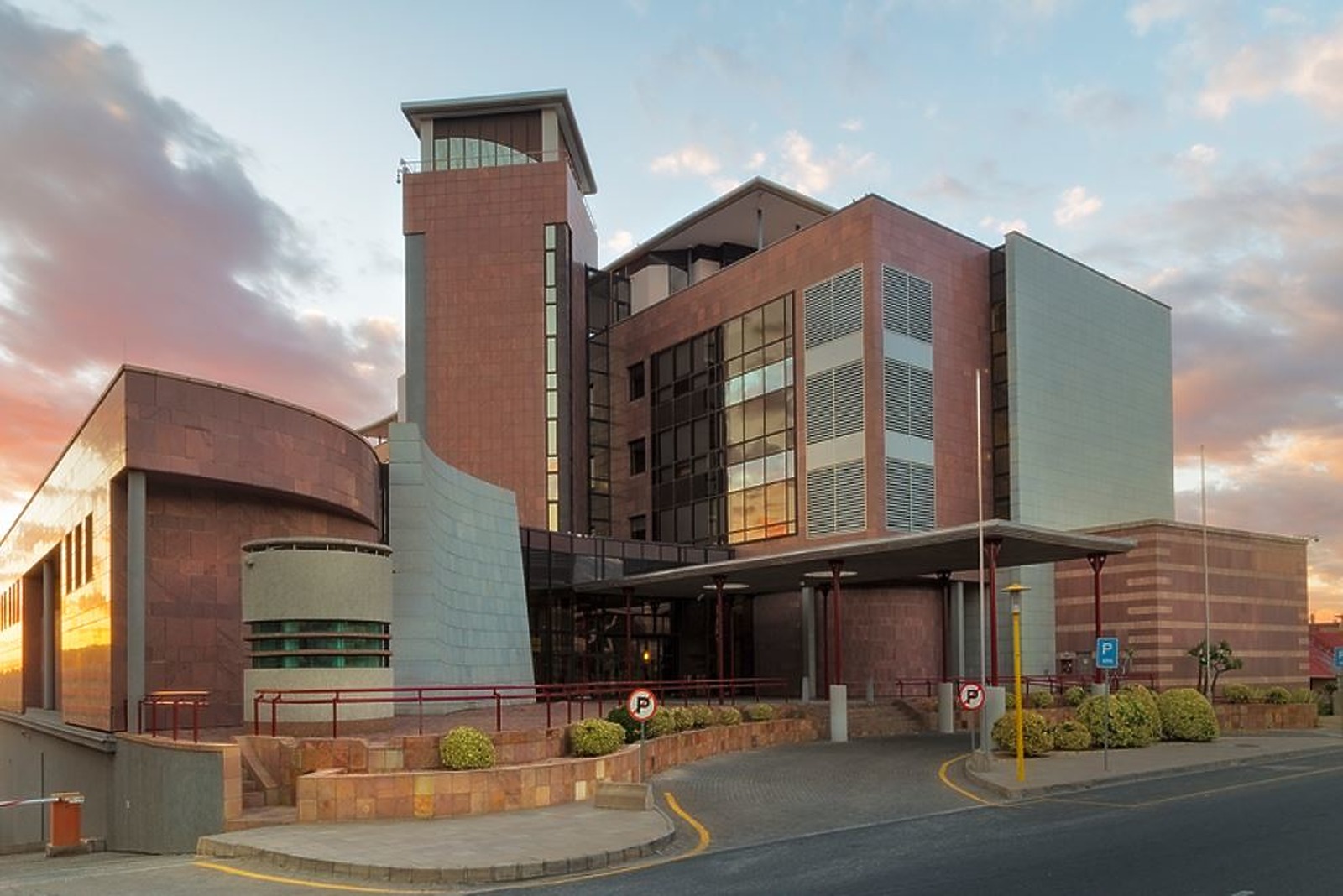Rugby has without a doubt been Namibia’s most successful team sport code since the country gained independence in 1990.
Namibia missed out on qualification for the 1995 Rugby World Cup in South Africa, but since then Namibia has qualified for five successive World Cups in Wales in 1999, Australia in 2003, France in 2007, New Zealand in 2011 and the United Kingdom in 2015.
France 1999 – Debut marked by infighting
Namibia qualified for the 1999 World Cup after beating Zimbabwe 32-26, Morocco 17-8 and Ivory Coast 22-10 in qualifying matches the previous year, with local coach Johan Venter at the helm.
Internal politics however played a role in his dismissal as a “concerned group” claimed that there were not enough black players in the team and labeled Venter a racist and he was eventually replaced as the national coach by his technical advisor, Rudi Joubert of South Africa.
Quinn Hough a farmer from Gobabis captained the team who’s standout players included fullback Lean van Dyk, winger Attie Samuelson, lock Heino Senekal and flanker Schalk van der Merwe, who was converted into a centre by coach Rudi Joubert.
Namibia were comprehensively beaten 67-18 by Fiji in their first match on October 1. Fiji ran in nine tries, while Namibia scored two, through prop Mario Jacobs and lock Heino Senekal, while fullback Leandre van Dyk added two penalties and a conversion.
A week later Namibia gave an inspired performance in a 47-13 defeat to France after trailing 23-13 at halftime. Attie Samuelson scored a great first half try, cutting through France’s backline and diving over behind the posts, and after the match they were warmly applauded by the 34 000 French fans.
That was however as good as it got as Namibia lost their final group match 72-11 to Canada, after trailing 31-6 at halftime. Captain and eighthman Quinn Hough scored Namibia’s only try.
At the end of the tournament Namibia was ranked 19th out of the 20 competing nations, just ahead of Italy on points aggregate.
Australia 2003 – Humiliation down under
Namibia once again qualified for the 2003 World Cup in Australia, after beating Tunisia, Zimbabwe and Madagascar in their qualifying pool. Their 116-0 victory against Madagascar in 2002 was their biggest ever victory, but the gulf between these opponents and the world’s leading rugby nations was clearly exposed at the World Cup the following year.
Namibia was poorly prepared for the 2003 World Cup after administrative problems off the field, and disunity in the squad between the coach Dave Waterston and the players. Before the World Cup had even started, two players withdrew from the squad due to differences with Waterston, while assistant coach Paul Kaplan also resigned.
Namibia lost 67-14 to Argentina in their opening match on October 14. Argentina scored 10 tries, including two penalty tries, while Namibia scored two tries through centre Du Preez Grobler and scrumhalf Hakkies Husselman, which were both converted by flyhalf Emile Wessels.
Five days later Namibia lost 64-7 to Ireland, which at that stage was Ireland’s biggest victory at the World Cup. Ireland scored 10 tries while centre Corne Powell scored Namibia’s only try, converted by Emile Wessels.
Their biggest humiliation however came against the hosts at the Adelaide Oval on October 25 when Australia swept Namibia aside with disdain. Australia attacked from the start, scoring one try after the other to eventually run out 142-0 victors. It was the biggest winning margin in the history of the Rugby World Cup, and only slightly behind the record winning score of 145-17 by New Zealand against Japan in 1995.
Namibia lost their final match 37-7 against Uruguay, with lock Eben Isaacks scoring the only try, to finish last amongst the 20 nations.
France 2007 – History repeats itself
By 2006 the NRU and Johan Venter had patched up their differences and he was once again appointed national coach, but more consternation was to lay in store for Venter.
He once again qualified for the World Cup after beating Kenya, Tunisia and Morocco in their group matches, and Morocco 52-15 on aggregate in the African qualifying final.
But history repeated itself as Venter was sacked on June 13, 2007, allegedly because of unbecoming conduct for not attending a function in honour of the William Webb Ellis Rugby trophy, and was replaced by assistant coach Hakkies Husselman.
The squad was captained by prop Kees Lensing and included standout players like flankers Jacques Burger and Jacques Nieuwenhuis, and locks Nico Esterhuizen and Wacca Kazombiaze.
Namibia started off with a great performance against Ireland, turning around a 27-3 halftime deficit to 27-17 with tries by Nieuwenhuis and centre Piet van Zyl, both converted by Emile Wessels, before a late try gave Ireland a 32-17 victory.
The rest of the World Cup was however a bit of an anticlimax for Namibia as they were thrashed 87-10 by France, with Nieuwenhuis being red-carded for a high tackle on Marc Chabal, and 63-3 by Argentina.
Namibia’s points against France came via a drop goal by Wessels and a late try by centre Bradley Langenhoven, converted by TC Losper.
New Zealand 2011 – Courageous performances
Namibia qualified for the 2011 Rugby World Cup after beating Senegal 13-10 and Zimbabwe 35-21 in Pool A of the African qualifiers, before beating Tunisia 40-23 on aggregate in the final.
With a strong and settled squad, led by star flanker Jacques Burger and coached by Johan Diergaardt, Namibia was confident of winning their first match at the Rugby World Cup.
Stay informed with The Namibian – your source for credible journalism. Get in-depth reporting and opinions for
only N$85 a month. Invest in journalism, invest in democracy –
Subscribe Now!










